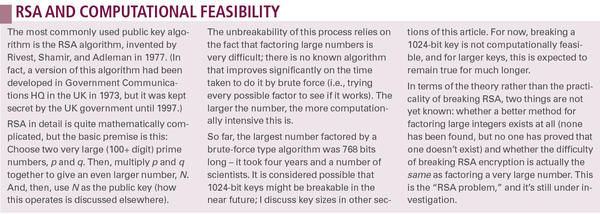

- #HOW TO ENCRYPT PLAIN TEXT IN GPG SUITE HOW TO#
- #HOW TO ENCRYPT PLAIN TEXT IN GPG SUITE CRACKED#
- #HOW TO ENCRYPT PLAIN TEXT IN GPG SUITE INSTALL#
- #HOW TO ENCRYPT PLAIN TEXT IN GPG SUITE UPDATE#
- #HOW TO ENCRYPT PLAIN TEXT IN GPG SUITE SOFTWARE#
On CentOS, you can install GPG by typing:
#HOW TO ENCRYPT PLAIN TEXT IN GPG SUITE UPDATE#
If for any reason GPG is not installed, on Ubuntu and Debian, you can update the local repo index and install it by typing: GPG is installed by default in most distributions. The public key that the receiver has can be used to verify that the signature is actually being sent by the indicated user. Validate the Identity of the SenderĪnother benefit of this system is that the sender of a message can “sign” the message with their private key. So in this scenario, each party has their own private key and the other user’s public key. If both of the parties create public/private key pairs and give each other their public encrypting keys, they can both encrypt messages to each other. This would allow for a one-way message transfer that can be created and encrypted by anyone, but only be decrypted by the designated user (the one with the private decrypting key). That way, you can freely distribute the encrypting portion, as long as you secure the decrypting portion. The idea is that you can split the encrypting and decrypting stages of the transmission into two separate pieces. To get around this issue, GPG relies on a security concept known as public key encryption. Ensure That Only the Intended Party Can Read Many schemes that attempt to answer this question require, at least at some point, the transfer of a password or other identifying credentials, over an insecure medium.
#HOW TO ENCRYPT PLAIN TEXT IN GPG SUITE HOW TO#
How Public Key Encryption WorksĪ problem that many users face is how to communicate securely and validate the identity of the party they are talking to. We will be using an Ubuntu 16.04 server for this demonstration, but will include instructions for other distributions as well.

In this guide, we will discuss how GPG works and how to implement it. This allows for the secure transmission of information between parties and can be used to verify that the origin of a message is genuine. Something you want if the communication is meant to be one-way.GPG, or GNU Privacy Guard, is a public key cryptography implementation.

Instead of using your real email address, which can be tracked back to you. This should demonstrate the principle and allow you to create encrypted text using someone else's public key.Īnother advantage of doing this is that you can send the encrypted text via an anonymous email service. Then we'll decrypt that same text using the private key. So all we'll do here is to encrypt plain text using our own public key. Secondly, I want to make this introduction to using PGP simple. I'm not going to do that here for a couple of reasons.įirst of all, using a desktop email client is a little extreme if you only want to send an encrypted message every now and then. Many guides on PGP will take you through a long process of installing a desktop email client and then install plugins to automatically encrypt or decrypt emails. Mac users seem to like GPG Tools, but since I'm on a Windows system I'll be using GPG4Win in the examples.
#HOW TO ENCRYPT PLAIN TEXT IN GPG SUITE SOFTWARE#
The first thing you want to do is get a PGP software package for your operating system For Windows GPG4Win is a popular choice. So let's look at how you can use PGP to secure your own email. These days however just about every journalist has a public PGP key plastered on their Twitter account. Since then we've seen the rise of open license versions of the technology and various programs that will do the job of encrypting your text.įor a long time, no one except a few hardcore privacy people knew about it. PGP started as a commercial program released in 1991. Privacy folk hero Edward Snowden even reportedly uses it when communicating with reporters and such.
#HOW TO ENCRYPT PLAIN TEXT IN GPG SUITE CRACKED#
Even intelligence organizations like the NSA haven't cracked it yet. This free and open encryption technology is some of the most secure available to the public. To send someone a piece of encrypted text via email securely the easiest way is by using a technology known as "PGP". However, anyone who wants to send them a secure message can use the public key which doesn't have to be a secret. The receiver never shares their decryption key. Here the key to encrypt and decrypt are different. These days we use something called asymmetric or public keyencryption.


 0 kommentar(er)
0 kommentar(er)
